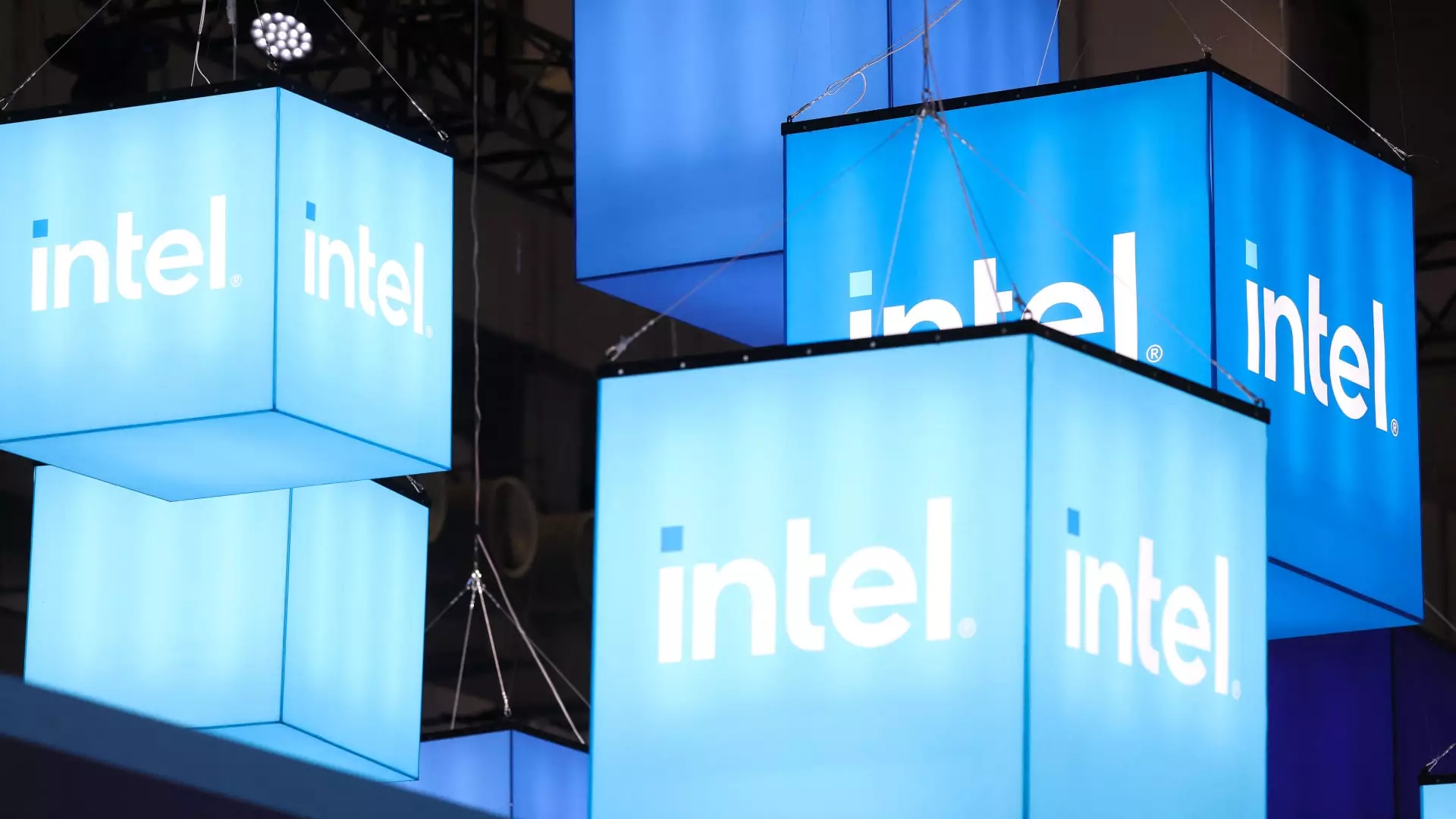The ongoing competition in the semiconductor industry has entered a pivotal phase, notably involving heavyweights such as Taiwan Semiconductor Manufacturing Co. (TSMC) and Broadcom. Recent reports suggest that these companies are contemplating strategic deals to reshape the landscape of chipmaking, particularly with Intel facing significant pressure. This article delves into the implications of these potential moves, the role of various stakeholders, and the broader context of the semiconductor market.
Intel, once the dominant force in semiconductor manufacturing, is now grappling with challenges that have emboldened competitors. TSMC, recognized as the world’s leading contract chipmaker, has started exploring opportunities to gain control over Intel’s manufacturing capabilities. Reports indicate that this exploration could involve investor consortiums or other financial structures, allowing TSMC to expand its already substantial market presence. Meanwhile, Broadcom has set its sights on Intel’s chip design and marketing operations, which could carve out a niche segment of the business for the company, provided it can collaborate on the manufacturing side.
The thrust for such significant acquisitions or joint ventures speaks to a strategic pivot by both companies. By potentially breaking Intel into separate entities focusing on design and manufacturing, TSMC and Broadcom can position themselves advantageously in a sector that rewards specialization and innovation. Their motivations seem rooted in enhancing their market positions and accumulating technological prowess at a time when demand for advanced semiconductors is skyrocketing.
Similar to how investments and acquisitions driven by technological necessity can pose a risk to national security, the potential sale of Intel assets to foreign entities raises eyebrows in Washington. Intel’s interim executive chairman, Frank Yeary, has been engaging with both prospective suitors and Trump administration officials. Central to these discussions is the overarching concern to safeguard a company deemed essential for national security. Yeary appears to be prioritizing shareholder value, which adds a layer of complexity to negotiations that heavily involve government sentiments regarding foreign ownership.
The intricate web of these negotiations illustrates how intertwined corporate strategies and governmental priorities have become, particularly in industries deemed critical to national interest. While the Trump administration seems hesitant about allowing a foreign company to take the reins of U.S.-based chip plants, it also recognizes the necessity of maintaining competitiveness in the semiconductor field. This underscores a broader trend of the U.S. government aiming to rebuild domestic manufacturing capabilities as a countermeasure to reliance on foreign chip makers.
Echoes of Intel’s once unassailable market position are now overshadowed by financial volatility. The company has endured a drastic reduction in its stock value, signaling investor discontent with its ambitious yet burdensome reinvestment strategy undertaken during Pat Gelsinger’s tenure as CEO. As Intel endeavored to fortify its manufacturing capabilities—an initiative that necessitated substantial capital input—the company’s cash flow suffered, resulting in layoffs affecting approximately 15% of its workforce.
Moreover, the current pursuit of governmental subsidies reflects the urgency facing the semiconductor sector. The $7.86 billion support from the U.S. Commerce Department illustrates the extent to which federal entities recognize the necessity of having a robust domestic chip industry. This financial backing is essential for Intel to reclaim some competitive edge; however, the shift in corporate focus and strategic alignment may be insufficient in navigating the waters dominated by rivals such as TSMC and AMD.
As the semiconductor landscape evolves, Intel stands at a crossroads marked by opportunity and uncertainty. The firm’s future hinges on its ability to adapt to shifting market dynamics, which may require making bold decisions to underpin technological innovation and operational excellence. Exploring strategic partnerships or divestitures could provide the path for Intel to refocus and streamline its operations by embracing a model that leverages competitive strengths—whether through alliances or internal restructuring.
The potential deals involving TSMC and Broadcom are not merely corporate maneuvers; they encapsulate broader themes of innovation, competition, and national interest in the semiconductor realm. While Intel strives to reclaim its former glory amidst these external pressures, its journey highlights the complexities of maintaining a competitive edge in an ever-evolving technological landscape. The future of semiconductor manufacturing will, without a doubt, witness transformation driven by necessity, strategy, and geopolitical factors.

